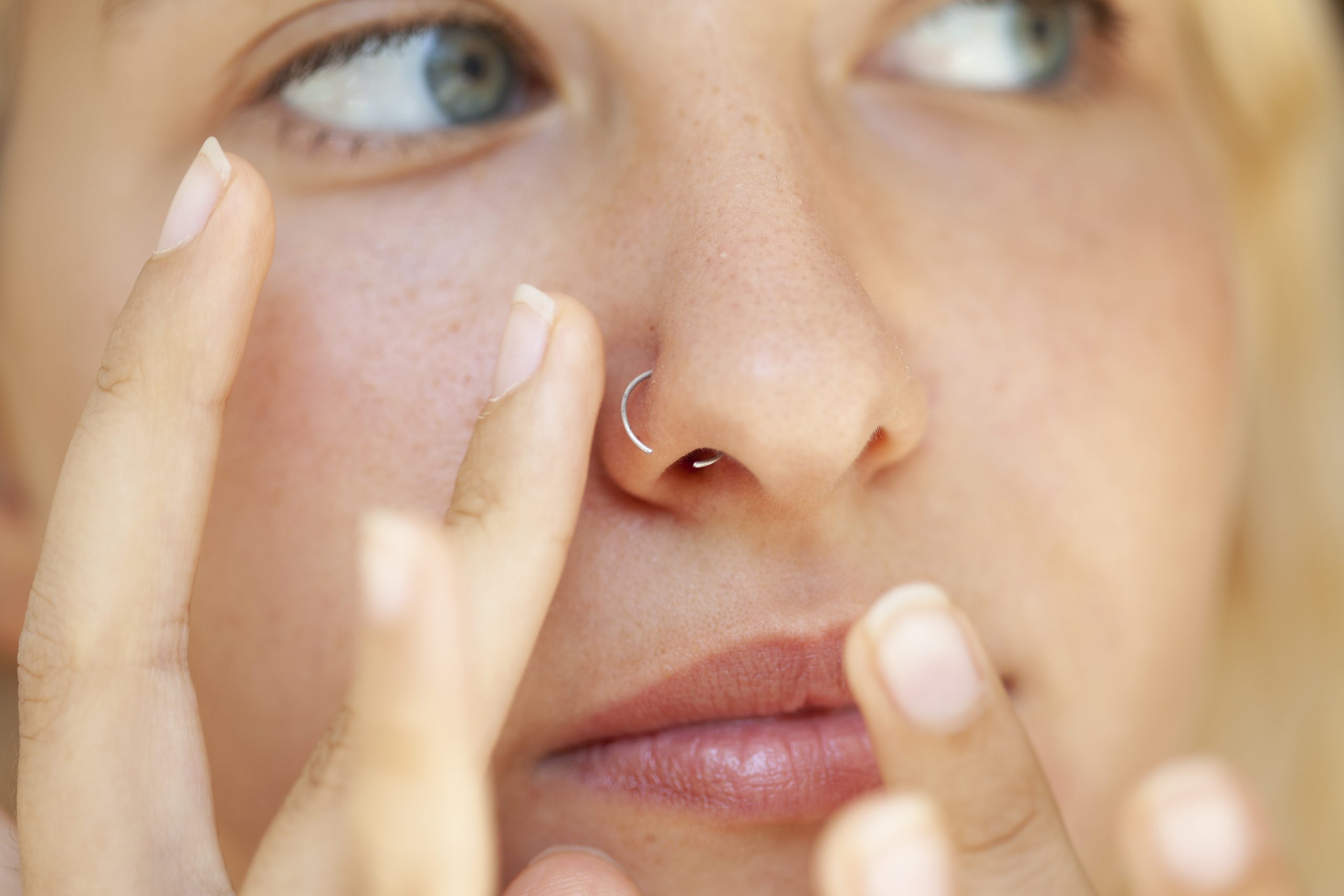Infection
Nose piercing: infections, bumps, pain and how long it takes to heal
NOSE piercings can be a fun way of expressing yourself — but it’s important you know how to look after them.
From infections to suspicious bumps, if you don’t clean them regularly you could end up in a lot of pain.
1
Doctors recommend you follow a host of hygiene procedures and keep a close eye on any swelling, redness or pus.
But as long as you avoid an infection, you could be able to swap out a stud for whatever piercing you want in as little as six weeks.
What is the correct side to pierce your nose?
There is no right or wrong side to get your nose pierced — it’s up to your personal preference.
People often pierce their nose on the side of their face they like most or in line with which side they part their hair on.
Some alternative medicine practices also suggest piercing on the left side can help with pain relief in childbirth as well as PMS, although this is not proven in research.
How bad does a nose piercing hurt?
Getting a nose piercing may not be as painful as you expect.
Jef Saunders, president of the Association of Professional Piercers (APP), said piercers compare the pain levels to getting your eyebrows waxed or an injection.
The initial pain is sharp and you can feel pressure, but it is over very quickly.
Most read in Health
You may feel sore in the days afterwards, but this is typically very mild.
What are the symptoms of a nose piercing infection?
According to the NHS, symptoms of nose piercing infection include:
- The area around it is swollen, painful, hot, very red or dark, depending on your skin colour
- There’s blood or pus coming out of it — pus can be white, green or yellow
- You feel hot or shivery or generally unwell
How to treat a nose piercing infection
If your piercing gets infected, you may need to get a course of antibiotics, which can be taken as a cream, ointment or tablets.
You should also clean the piercing with soap and water at least two times per day and dry with a paper towel.
Anti-inflammatories like ibuprofen can also help minimise the pain caused by the infection.
How do I get rid of the bump on my nose piercing?
A nose piercing bump is usually one of three things, including a pustule — a pimple or blister containing pus.
It could also be a keloid, which is a scar that starts at the piercing site, or a granuloma, which is a lesion that can occur around six weeks after the piercing.
Alongside normal cleaning for an infection, you should do a sea salt soak — dipping a paper towel in warm water mixed with salt and holding it over the piercing for five to 10 minutes.
Use a cotton bud to remove any pus or discharge and then pat dry with a different paper towel.
You can do this two to three times a day.
When can I change my nose stud to a ring?
You have to wait until your piercing has fully healed before you change your stud to a ring.
This can take six to eight weeks but may be longer if you still see any swelling around the piercing.
If you have an allergic reaction to the metal before this, your piercer can change the stud for another one made of different metal.


How long does it take a nose piercing to heal?
As mentioned it usually takes six to eight weeks for a nose piercing to heal but may take as much as four months.
A pierced septum takes longer in general, usually taking three to four months.

